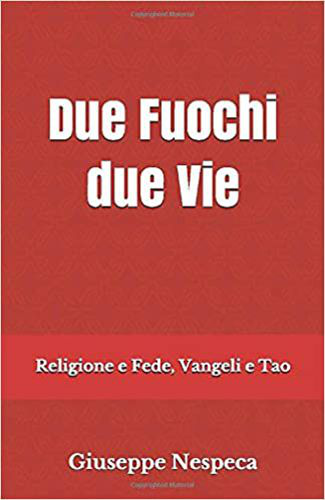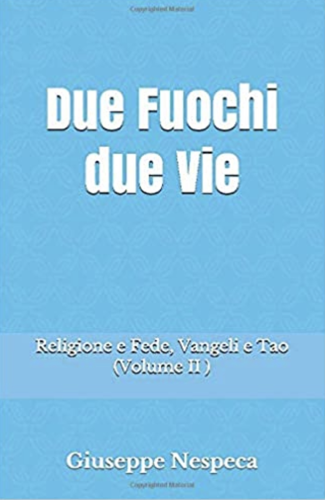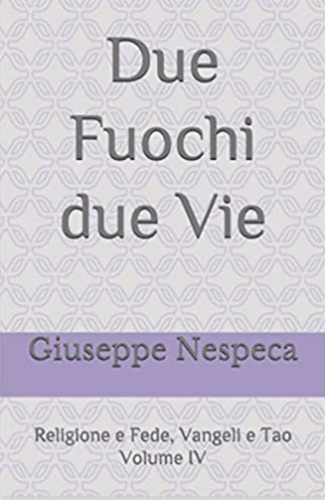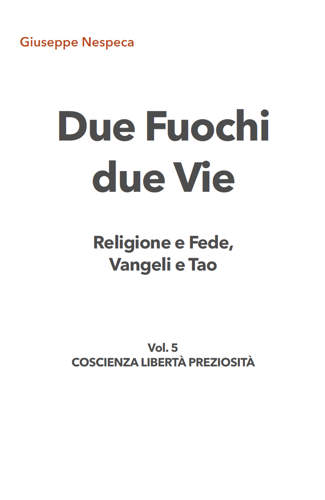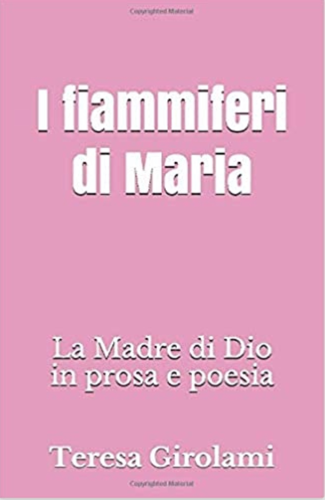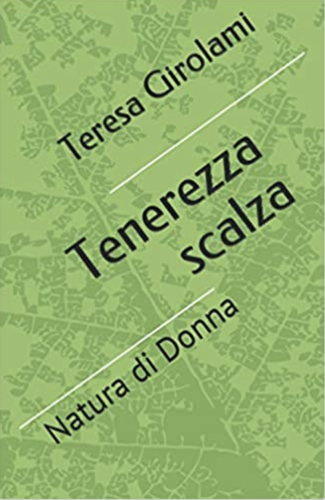4. In turn, the storm calmed on the Sea of Galilee can be reinterpreted as a "sign" of Christ's constant presence in the "boat" of the Church, which many times throughout history has been exposed to the fury of the winds in times of storm. Jesus, awakened by his disciples, commands the winds and the sea, and there is a great calm. Then he says to them, "Why are you so afraid? Do you still have no faith?" (Mk 4:40). In this, as in other episodes, we see Jesus' desire to instil in the apostles and disciples faith in his active and protective presence even in the most stormy hours of history, when doubt about his divine assistance could creep into their spirits. In fact, in homiletics and Christian spirituality, miracles have often been interpreted as "signs" of Jesus' presence and a guarantee of the trust that Christians and the Church place in him.
5. Jesus, walking on the water towards his disciples, offers another 'sign' of his presence and assures them of his constant vigilance over them and over the Church. 'Take courage, it is I, do not be afraid,' Jesus says to the apostles, who had taken him for a ghost (cf. Mk 6:49-50; cf. Mt 14:26-27; Jn 6:16-21). Mark notes the amazement of the apostles "because they did not understand the miracle of the loaves, and their hearts were hardened" (Mk 6:52). Matthew reports Peter's request to go down onto the water to meet Jesus and records his fear and his cry for help when he feels himself sinking. Jesus saves him but gently rebukes him: "You of little faith, why did you doubt?" (Mt 14:31). He also adds that "those in the boat bowed down before him, saying, 'Truly you are the Son of God'" (Mt 14:33).
[Pope John Paul II, General Audience, 2 December 1987]





